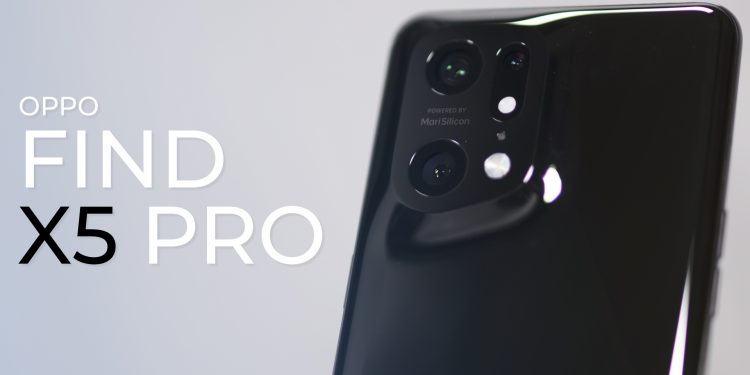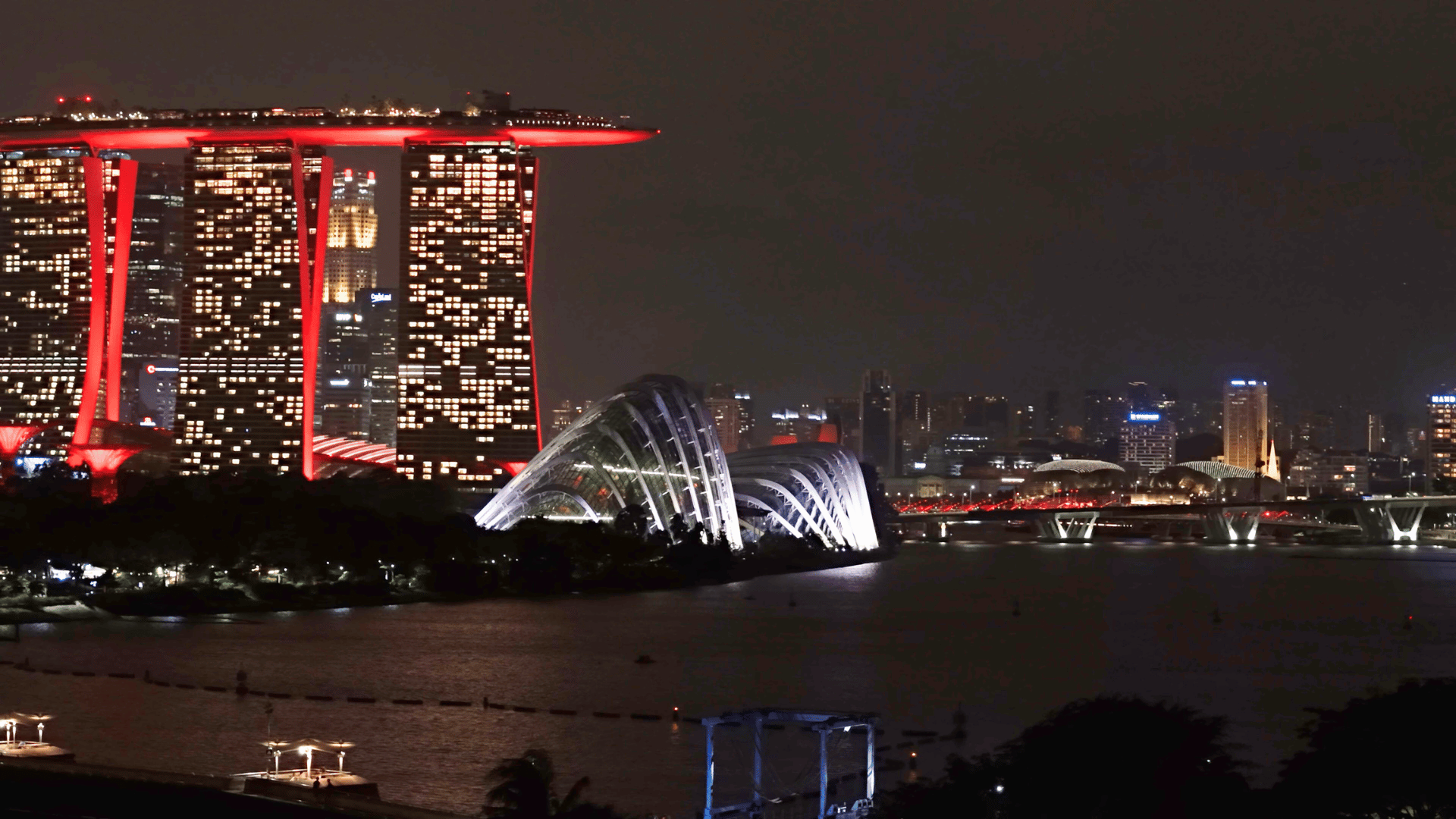The Oppo Find X5 Pro made its debut in Singapore this April and retails for $1,699.
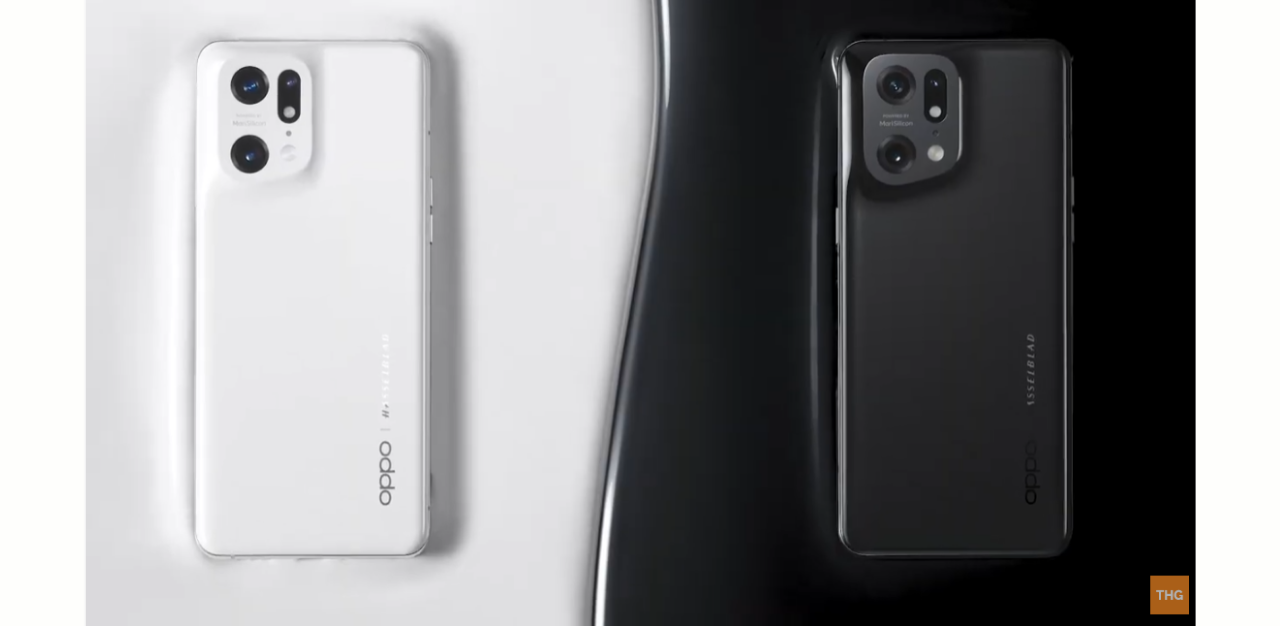
Look & Feel
Available in two colours — Glaze Black and Ceramic White — the Find X5 Pro is 163.7mm thick and weighs only about 218g, making it only slightly lighter than other flagship phones.

The design of this phone is simple yet sleek. The back of the phone is made of ceramic, and Oppo has opted for a smooth, blended curved design for the camera bump, which is, in its own way, quite elegant.
Despite its good looks and Oppo/Hasselblad collaboration on the back, the phone is very susceptible to fingerprints.
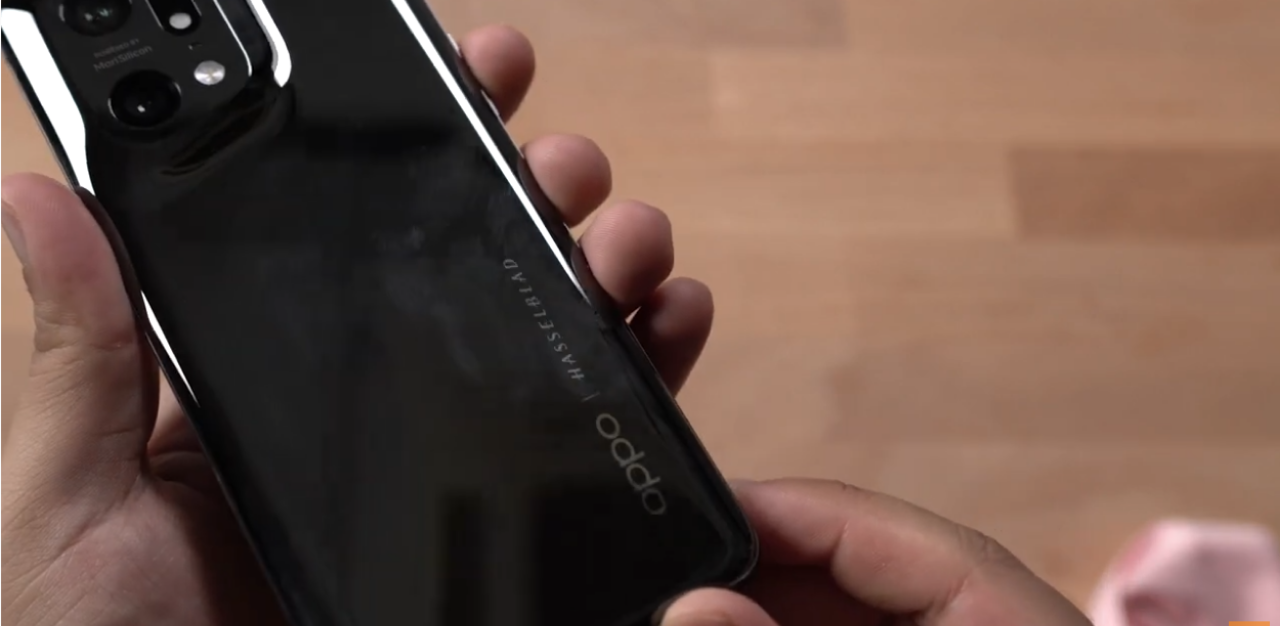
The phone’s power button is located at the right of the phone, along with volume buttons on its left. At the bottom of the phone, there’s a USB-C port, speakers and a dual sim card tray.
General Use
The phone runs on a Snapdragon 8 Gen 1 processor, 12GB of RAM and has 256GB of internal storage. Unfortunately, there is no option for microSD storage.

The phone runs on Android 12 using Oppo’s ColorOS 12.1, which has a high ability for its software to be changed by users and allowing them to customise their phones according to their aesthetic preferences.
The phone has a 5000mah battery and supports wireless charging as well. It comes with a 80w charger, which refreshes faster than we have seen previously before, thanks to OPPO’s SuperVOOC technology.
Display & Performance
The Find X5 Pro has a 6.7-inch LTPO2 AMOLED display with a 120hz refresh rate. Supporting HDR10+, you can count on it to deliver crisp and clear images.
The Find X5 Pro performs well in all aspects of usage. General use is swift and responsive and games run pretty well for the most part. We put it to the test through Genshin Impact, Apex Legends and Pokemon Unite.
When it came to Pokemon Unite, it ran extremely well. Apex was a smooth experience as well, with no discernable lag. The size of the phone helped when playing Apex Legends since it is a control-intensive game compared to other shooters on the mobile platform.
Genshin Impact was, however, noticeably slow, even on medium settings. It’s a fairly large game so a performance drop was expected, but it is still playable.
The phone does get a little hot, especially if you enable every single setting to increase gaming performance but the new multi-tier cooling system helps with that.
Camera
On the imaging front, the phone is equipped with a 50MP main camera, an 50MP ultra wide camera, a 13MP telephoto cam, and a 32MP front camera.
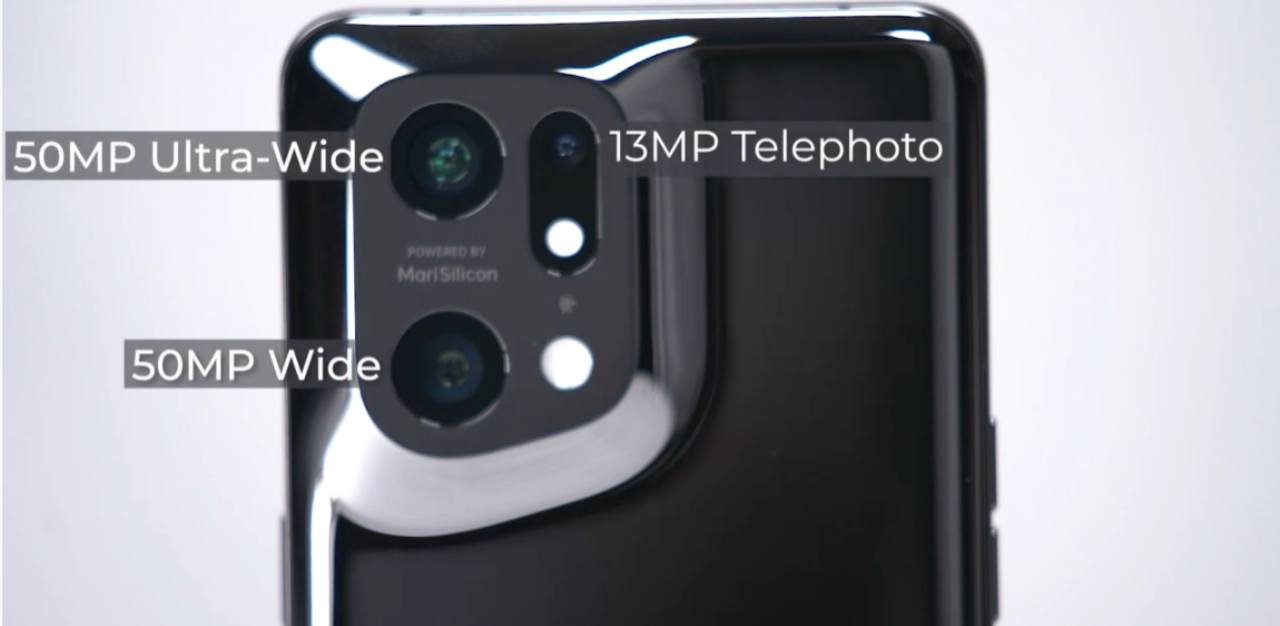
Oppo’s collaboration with Swedish camera manufacturer Hasselblad is the main draw here. Hasselblad’s natural colour calibration, brings natural and accurate colours to the images. The phone also comes with a couple of filters from Hasselblad, known as Master Filters that allows great looking images to be produced.
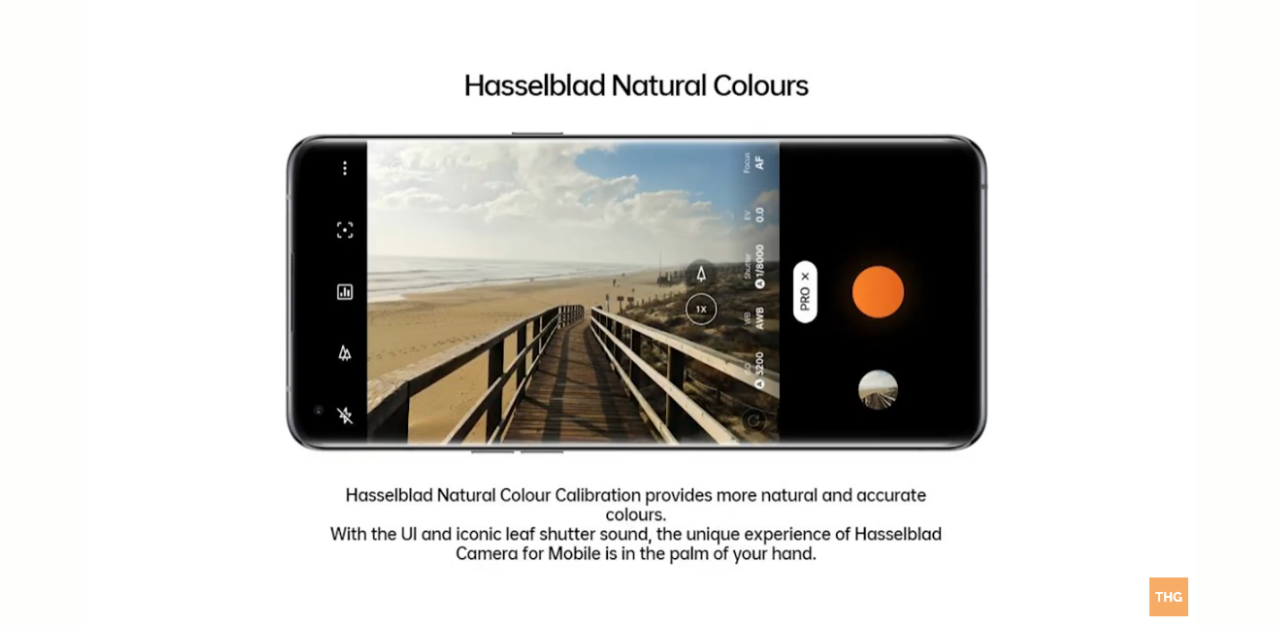
I actually do prefer Hasselblad’s colour calibration compared to Oppo’s Ai colour. It looks much more natural and high quality. I find that the regular Oppo colour calibration tends to make things look too contrast and hyper-real. So, Hasselblad’s colour calibration is marked improvement, making it a great feature on this phone.
Lastly there’s X-Pan mode, which emulates the classic vintage-style panoramic photos from Hasselblad’s Xpan format. It’s a fun format to shoot in with the potential to get very interesting photos.
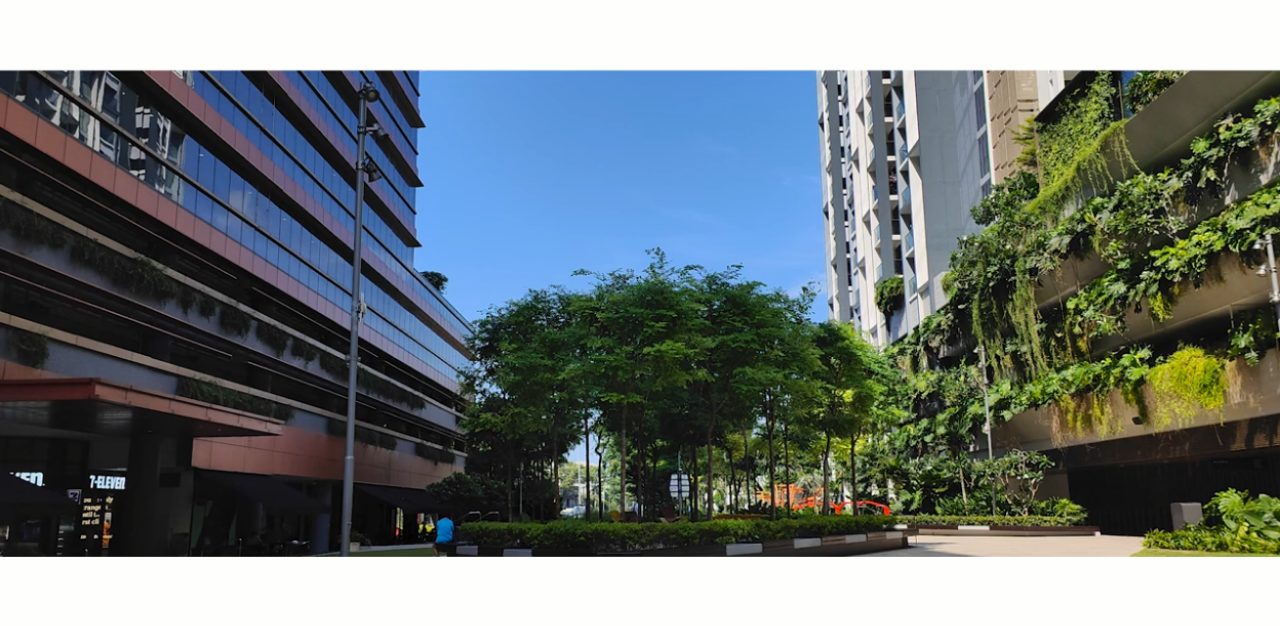
Oppo has developed its own chip, the MariSiliconX Imaging NPU, which combined two flagship Sony IMX766 sensors, delivering impressive low light performance in both stills and video.
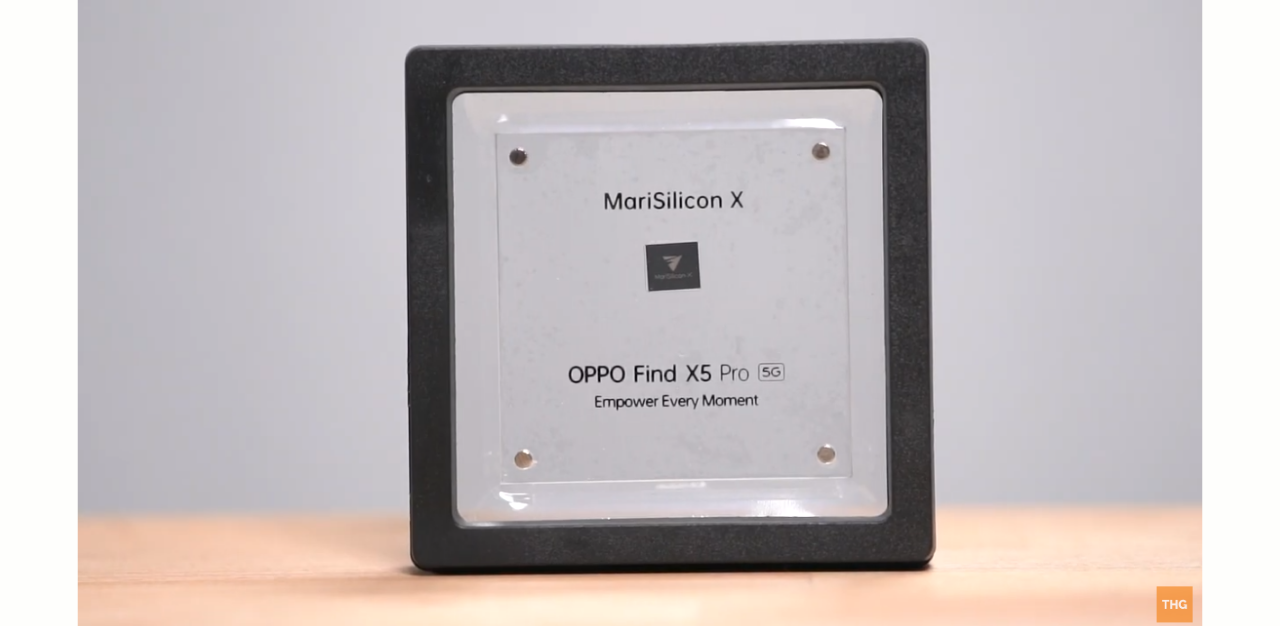
I was impressed by the low-light performance. Images look amazing, and I got much more light in dark places. The video footage may not be as great as the photos, mainly because of the grain, but I do think it is a good step up compared to a lot of other phones out there. For something you can easily bring around in your pocket, this is great.
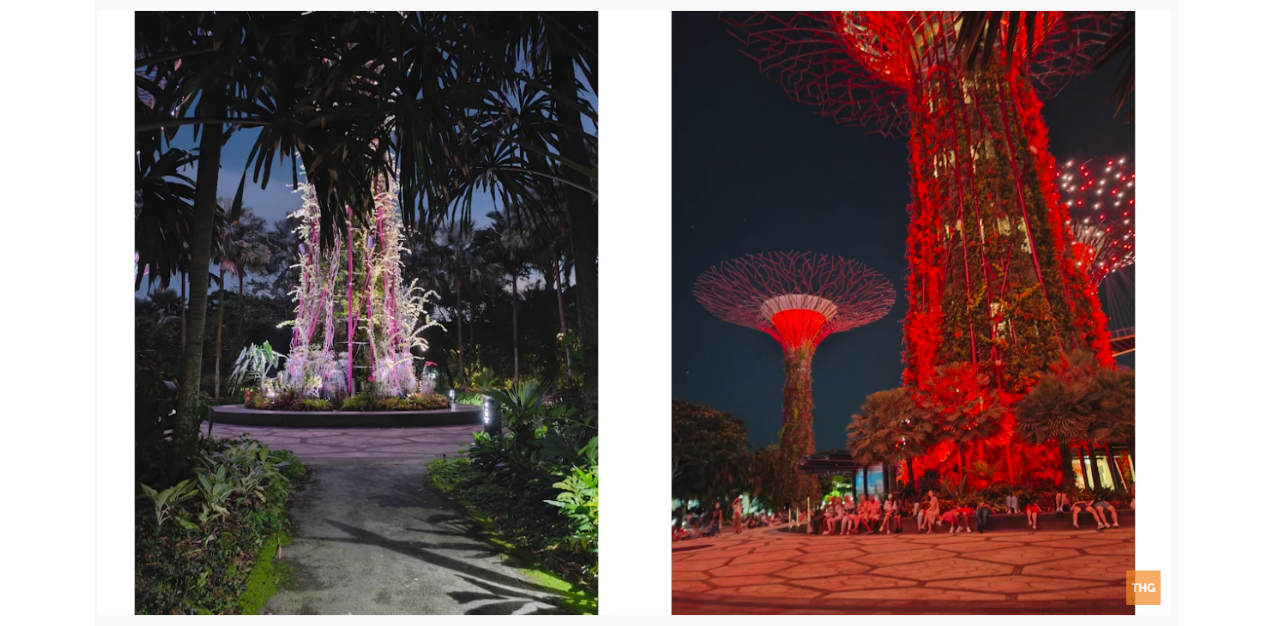
Most of the camera functionality has been great, but while the wide and ultra-wide lenses perform well, the telephoto lens just feels like an afterthought, in my opinion. While it can zoom in up to 20x, at that point, the picture did not look good, even with the Hasselblad branding on the side of the phone. It is there because it works on paper, but I can’t imagine that anyone would use it much to get high-quality images.
Conclusion
Ultimately, the Find X5 Pro brings all the features you can expect from a flagship phone these days. It’s stable and provides great performance in all aspects of usage. I am quite impressed with the camera functionality, especially with its performance in low-light settings. Images are usable and great to look at. But the phone is a bit pricey, which is probably the worst part, nonetheless, it was a great experience overall.
Join the conversations on THG’s Facebook and Instagram, and get the latest updates via Telegram.



